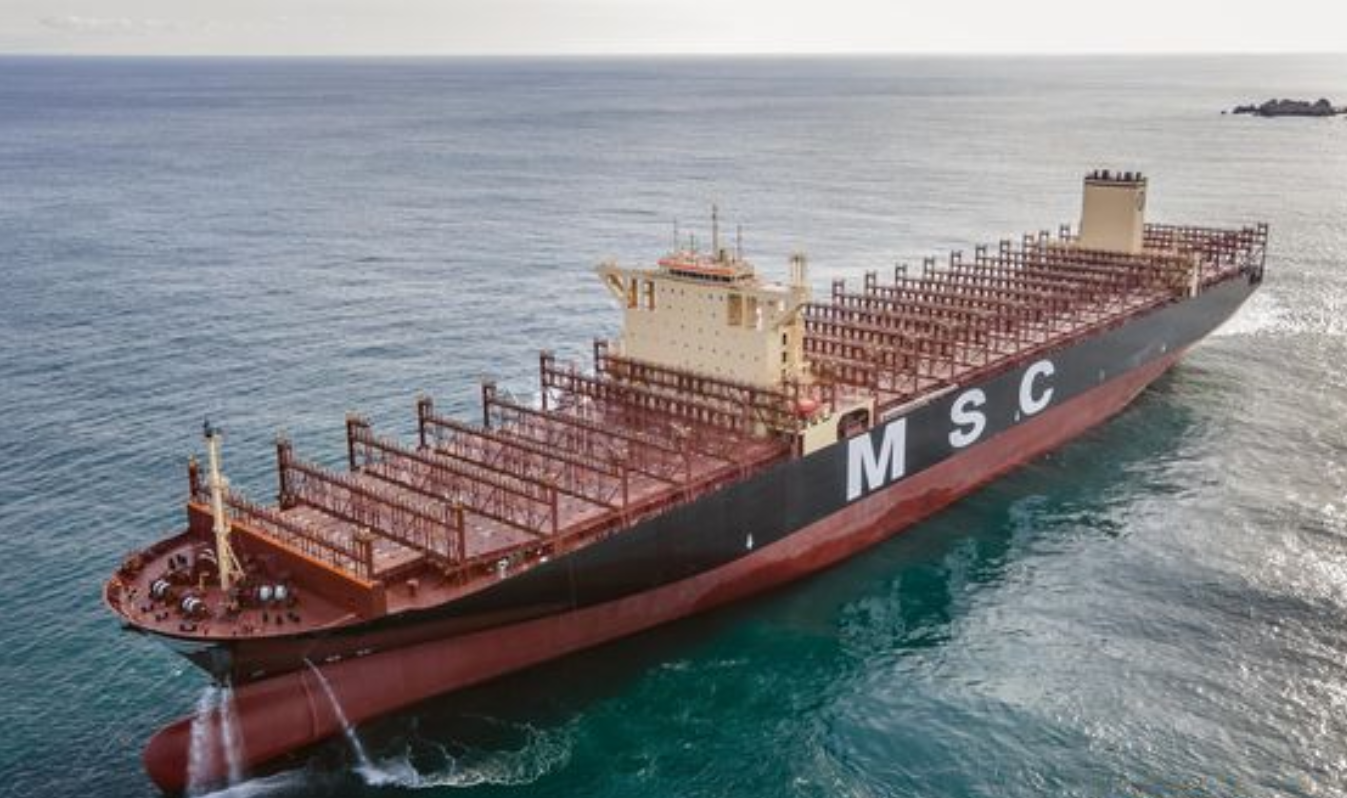As liquefied natural gas (LNG) is emerging as a core energy source for carbon emission reduction, orders for LNG-powered container ships are expected to maintain a long-term growth trend.

South Korean media reports indicate that orders for LNG-powered container ships will significantly increase over the next decade. Currently, a total of 218 LNG-powered container ships are in operation globally, accounting for 3.5% of the world’s active container ship fleet.
Compared to traditional marine fuels, LNG can effectively reduce carbon dioxide emissions. Unlike next-generation zero-carbon fuels such as methanol, ammonia, and hydrogen, which are still in the early stages of supply chain development, LNG has established comprehensive infrastructure at major ports, ensuring stable and reliable fuel supply.
Meanwhile, following the International Maritime Organization’s (IMO) postponement of carbon tax implementation, shipping companies are actively pursuing voluntary decarbonization strategies, which are expected to drive rapid growth in orders for LNG-powered ships.
Data from market research firm S&P shows that orders for LNG-powered container ships have surged from 194 vessels at the end of 2023 to 362 vessels by October 2024. Among all newbuildings, the proportion of LNG-powered vessels has climbed from 23% to 40%.
Additionally, data from DNV’s Alternative Fuels Insight (AFI) platform corroborates the sustained growth in orders for LNG-powered container ships. Its figures show that from January to October this year, the global newbuild market recorded 222 orders for alternative fuel vessels, with LNG maintaining its dominant position at 147 vessels—accounting for 67% of this year’s total alternative fuel vessel orders. By vessel type, container ships continue to lead the fuel transition, accounting for 65% of this year’s total alternative fuel vessel orders.


